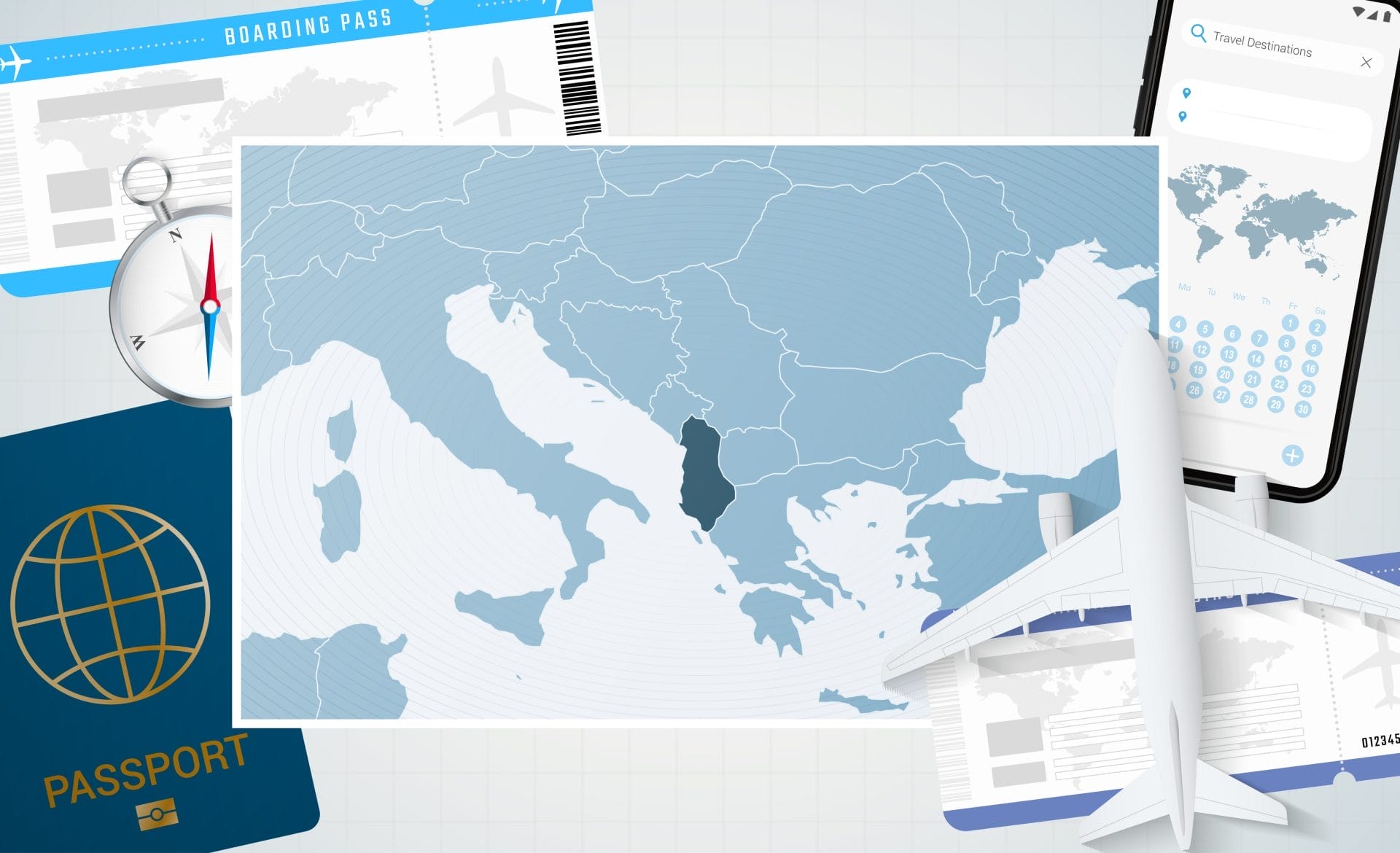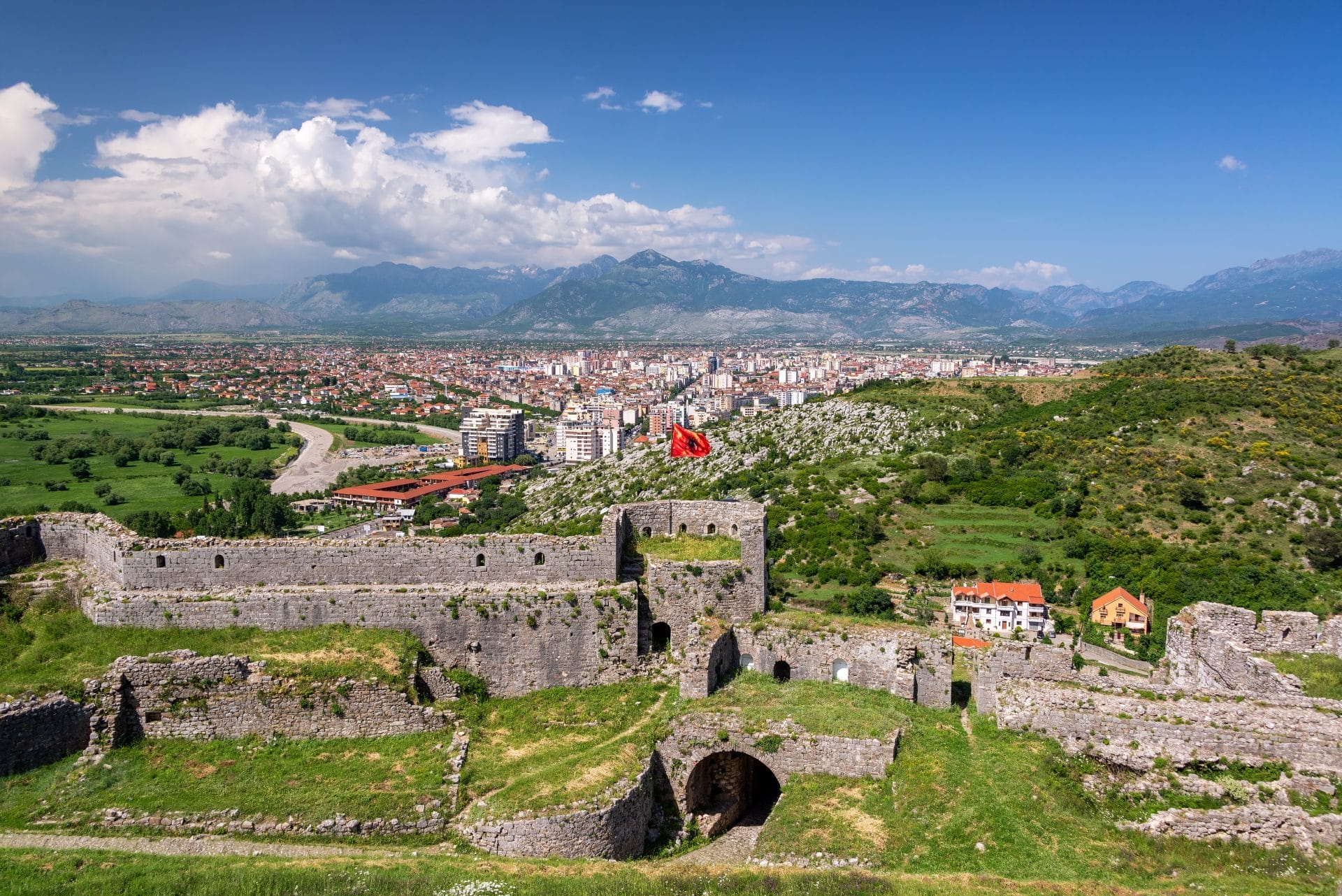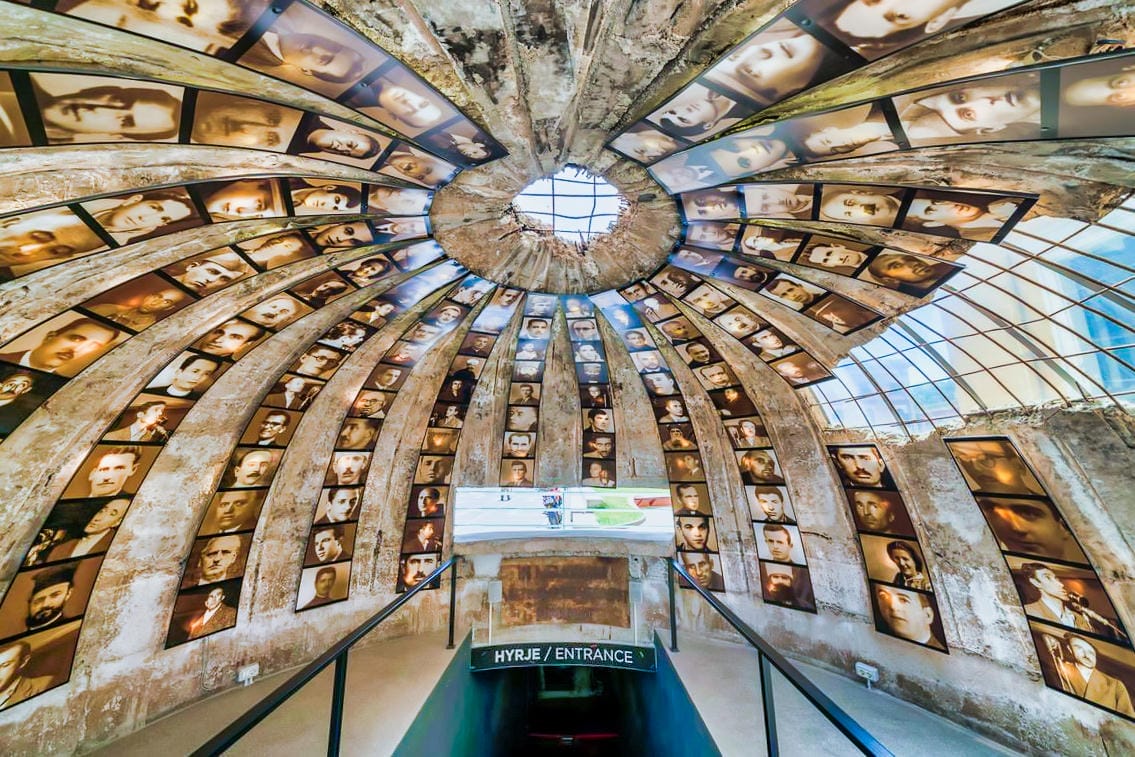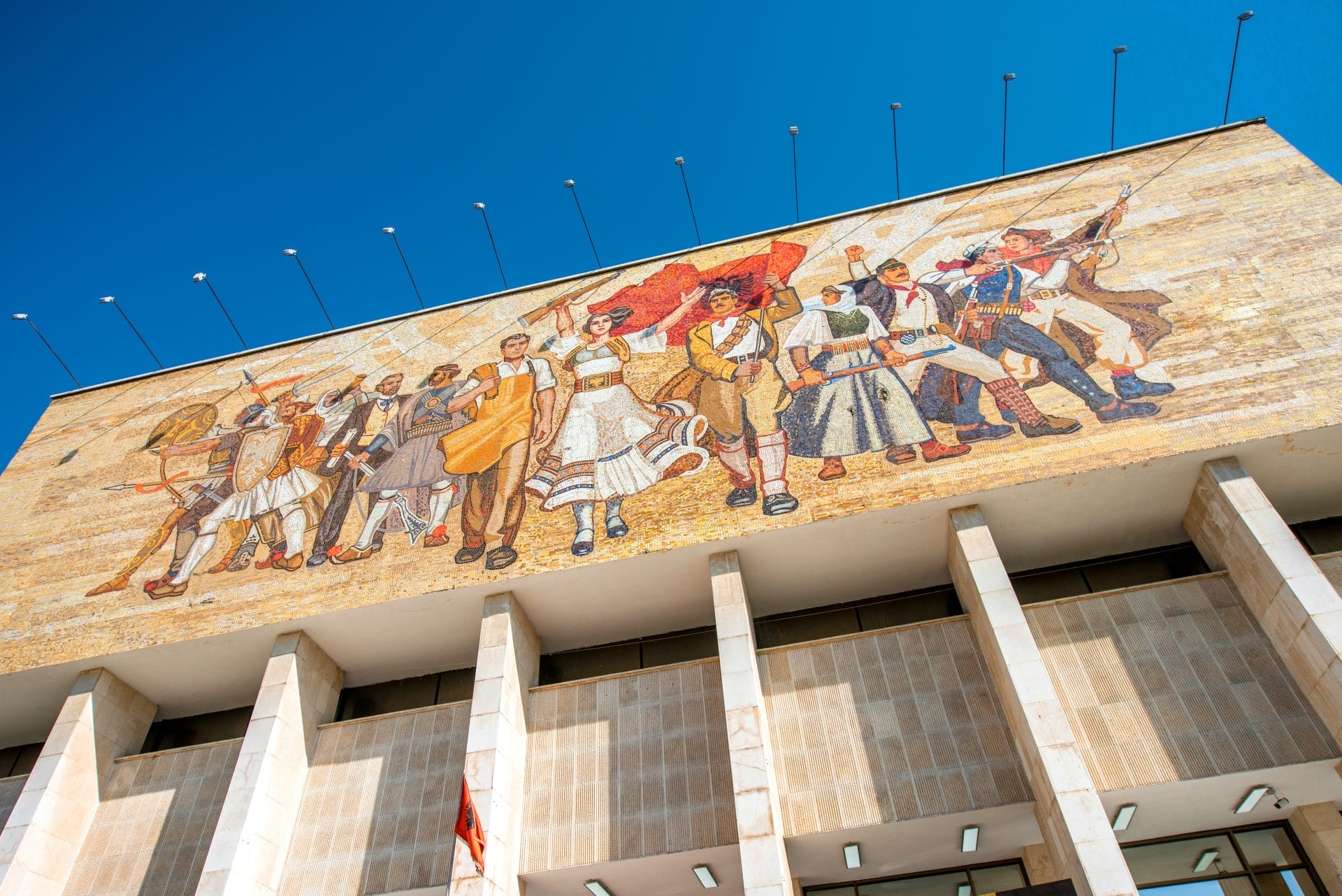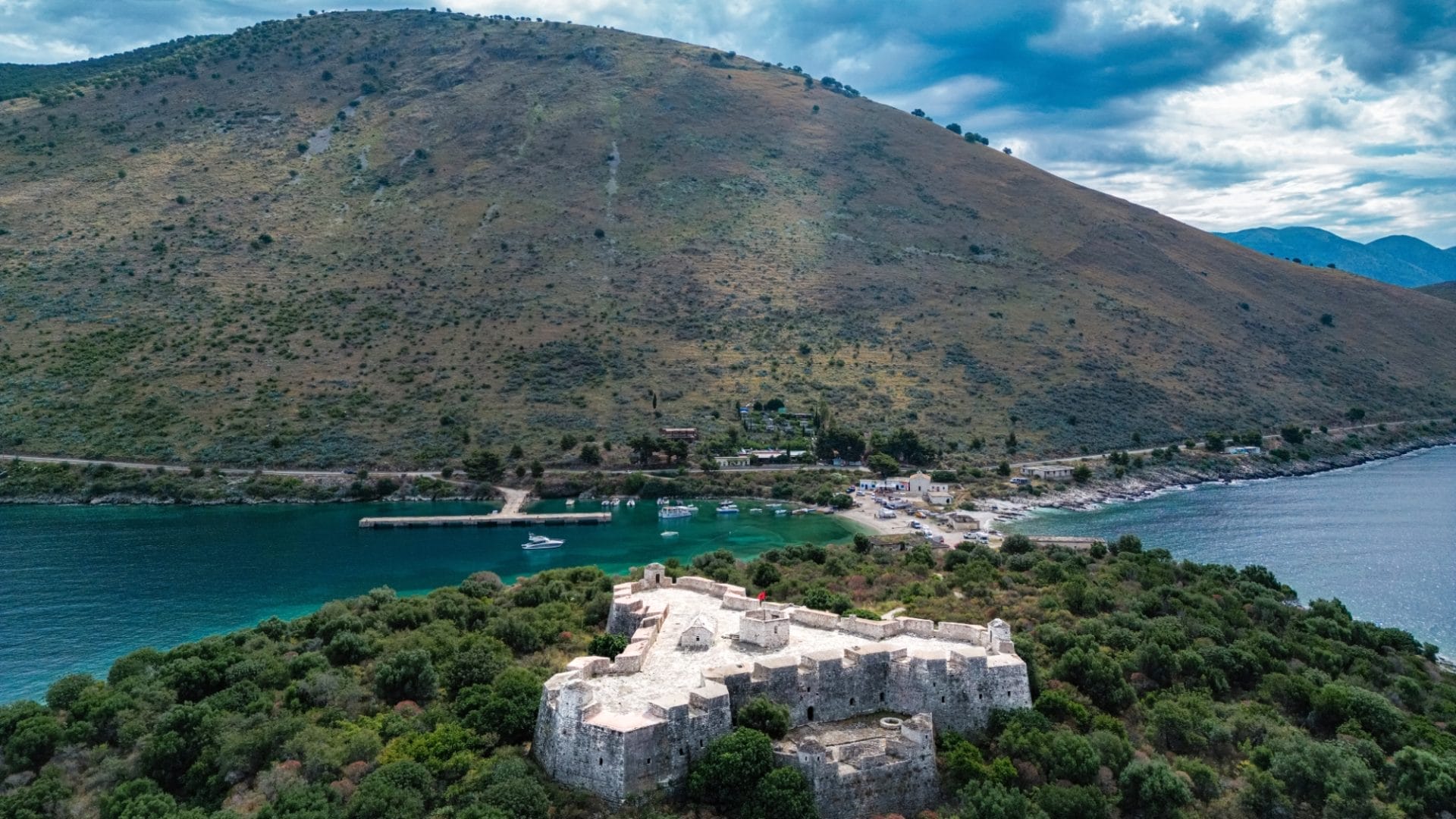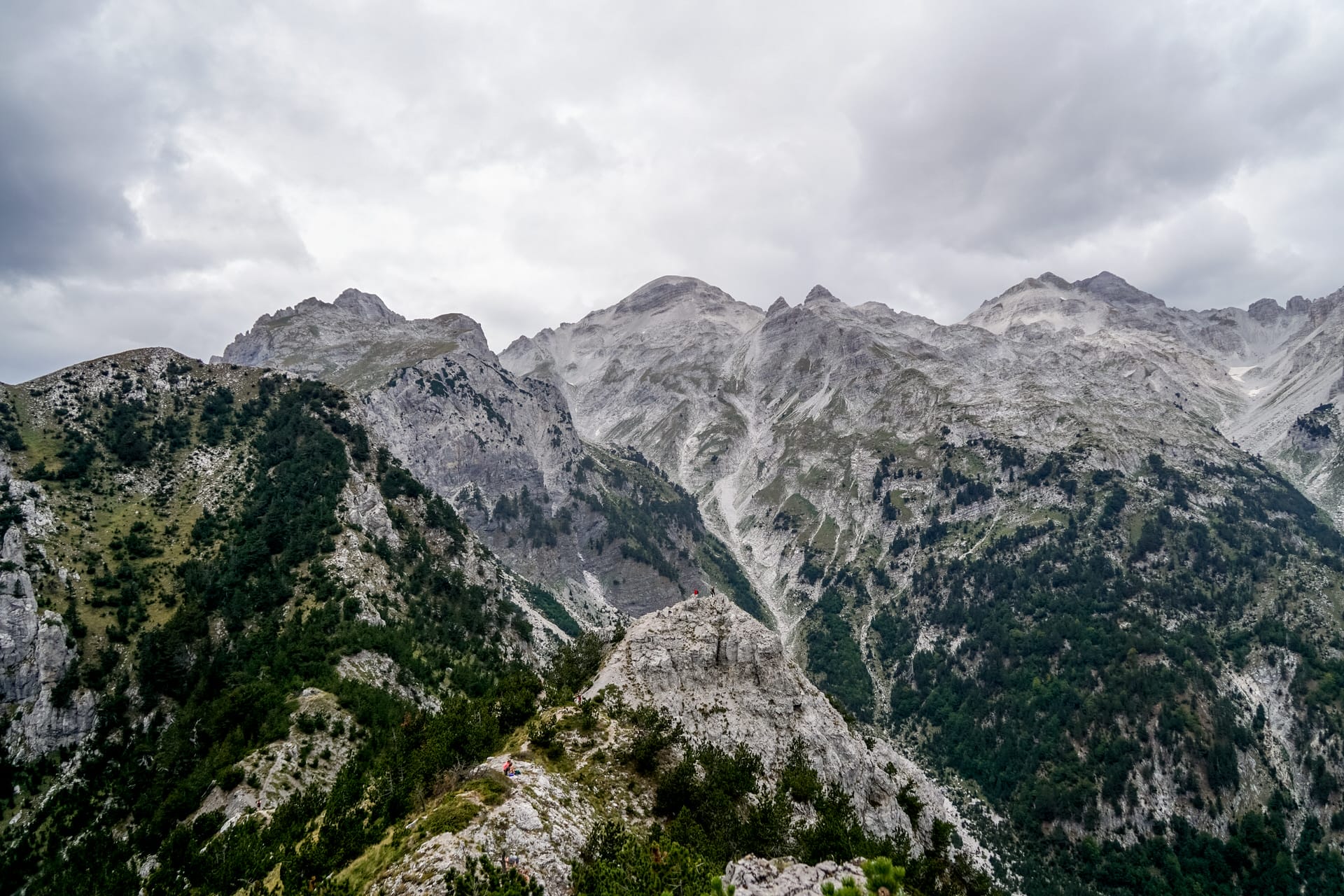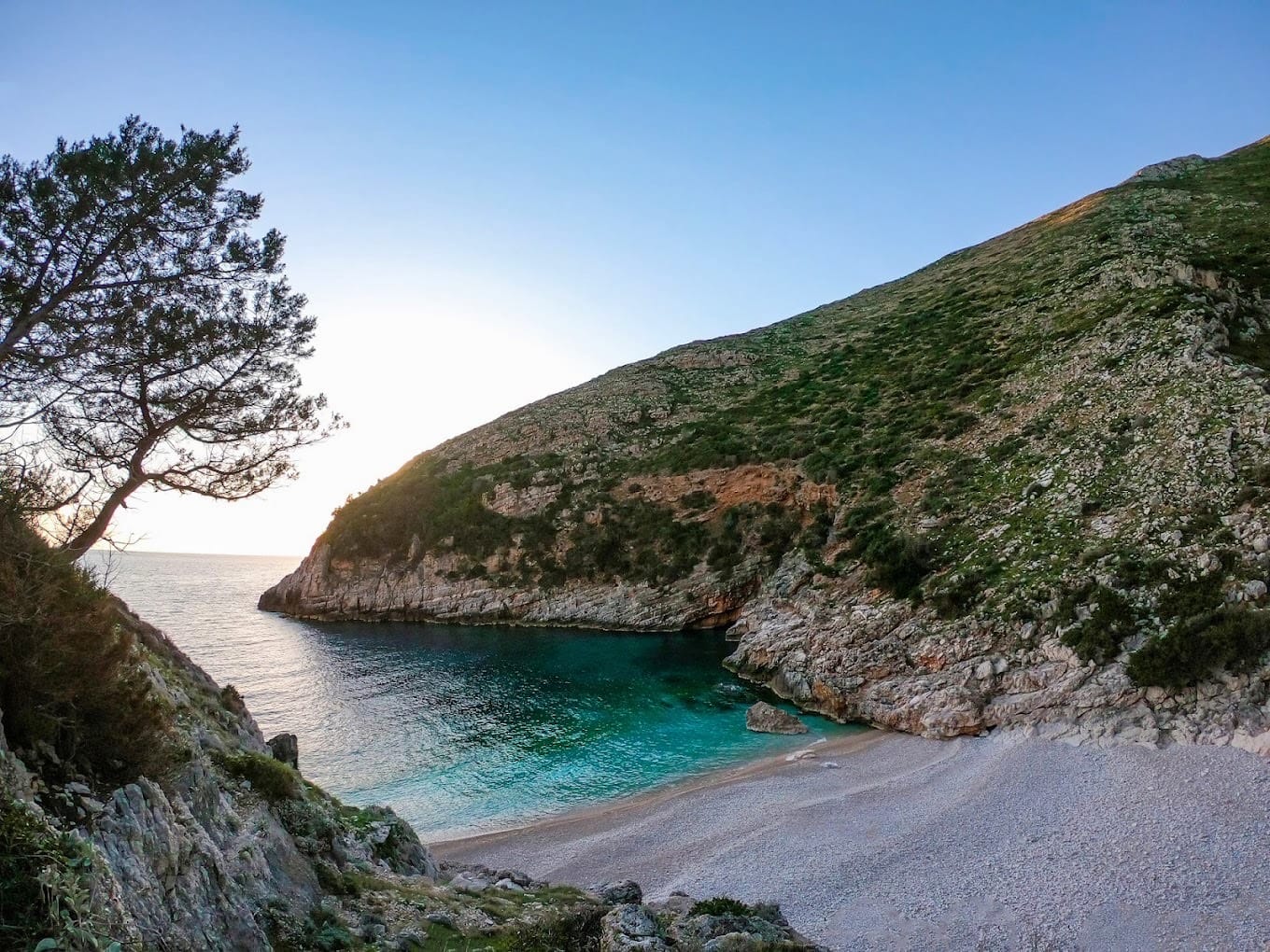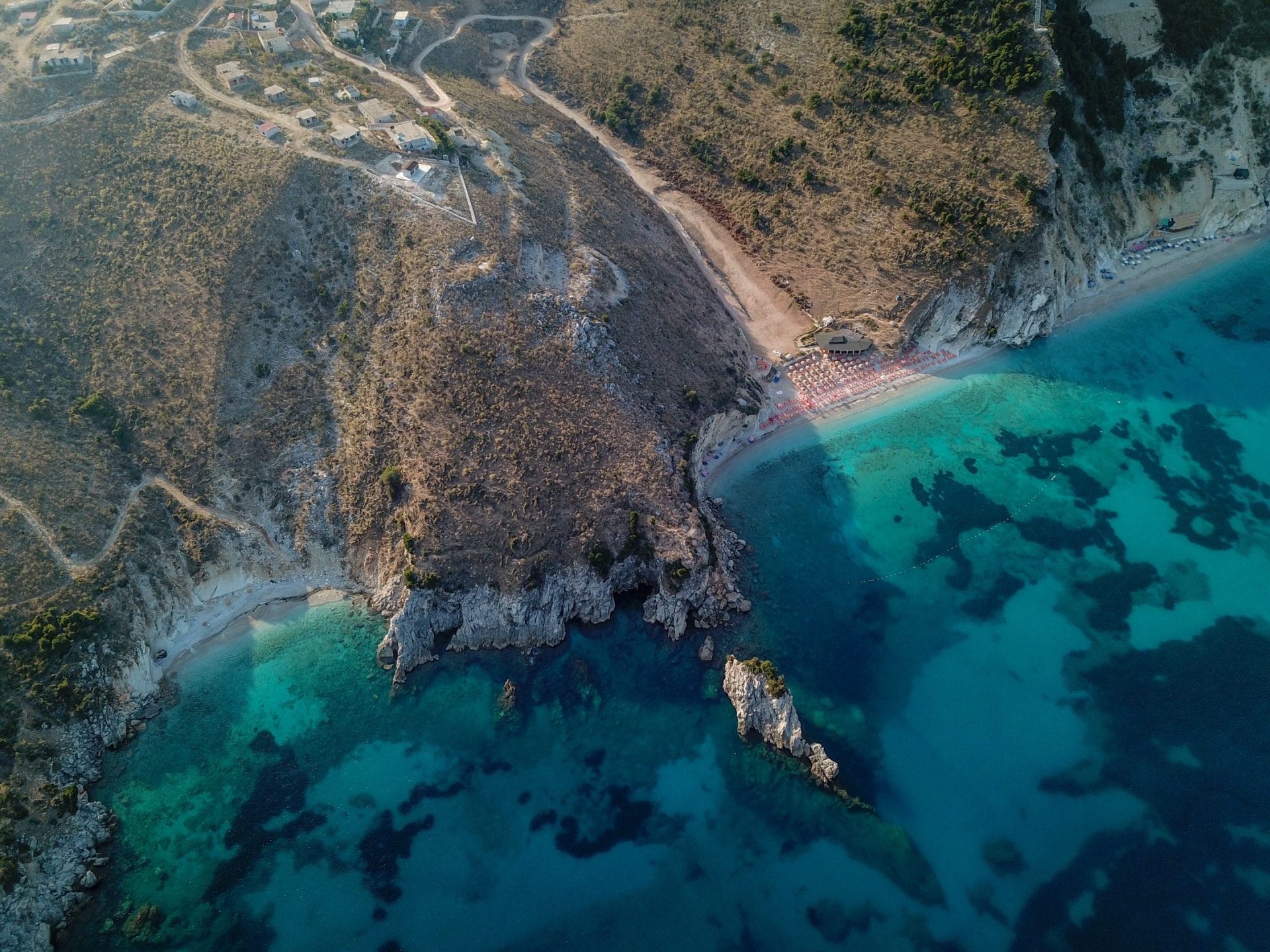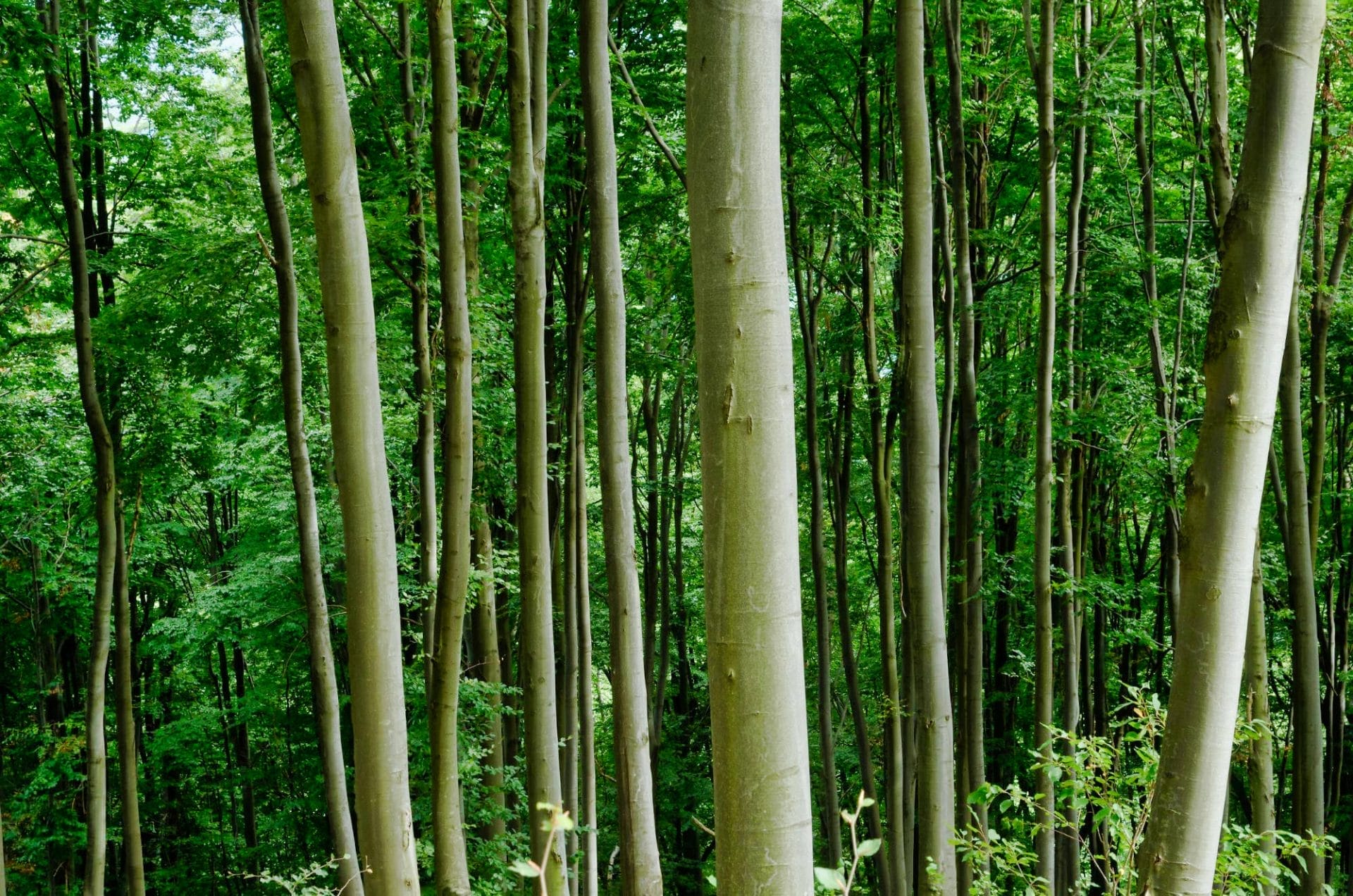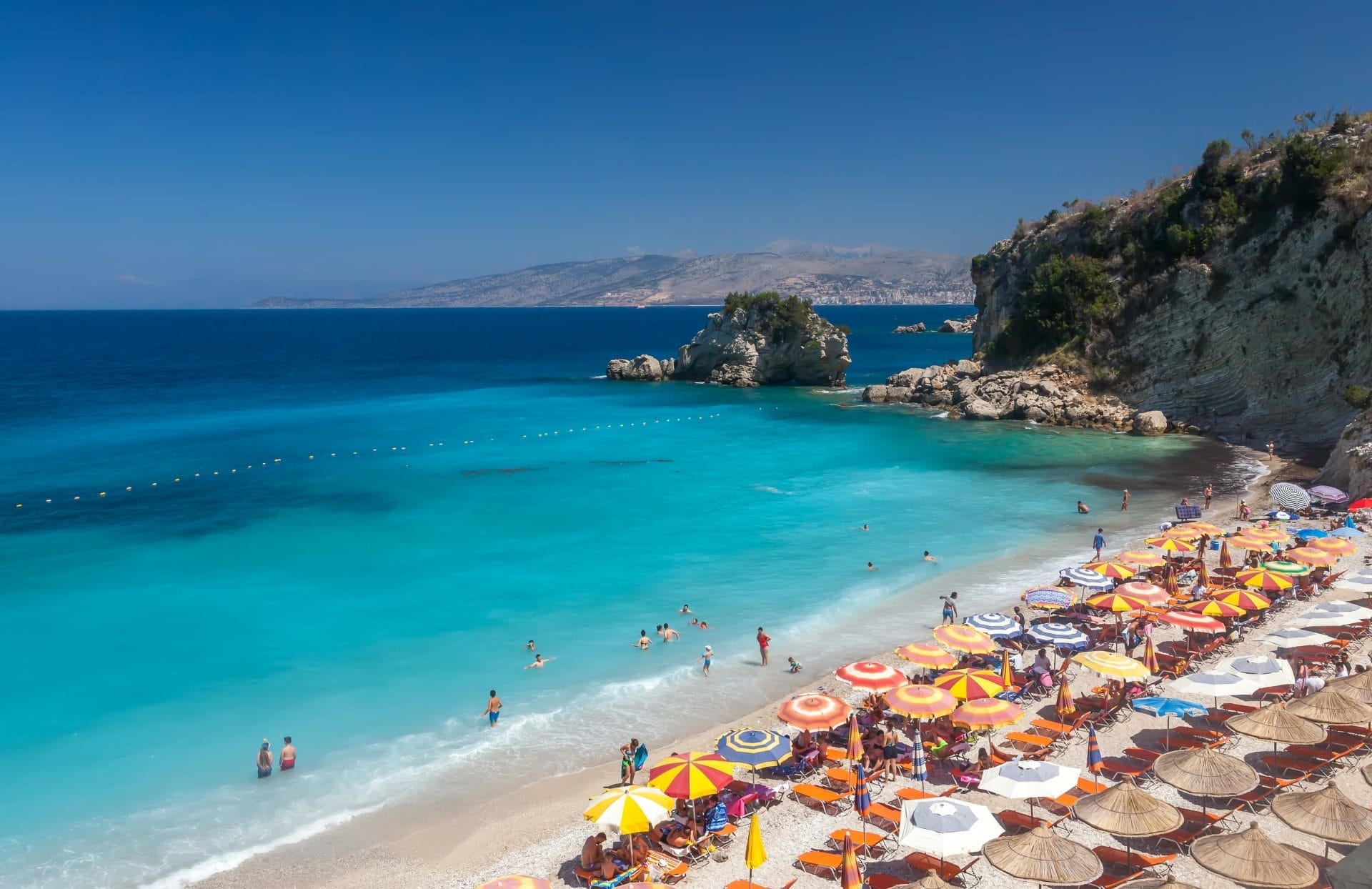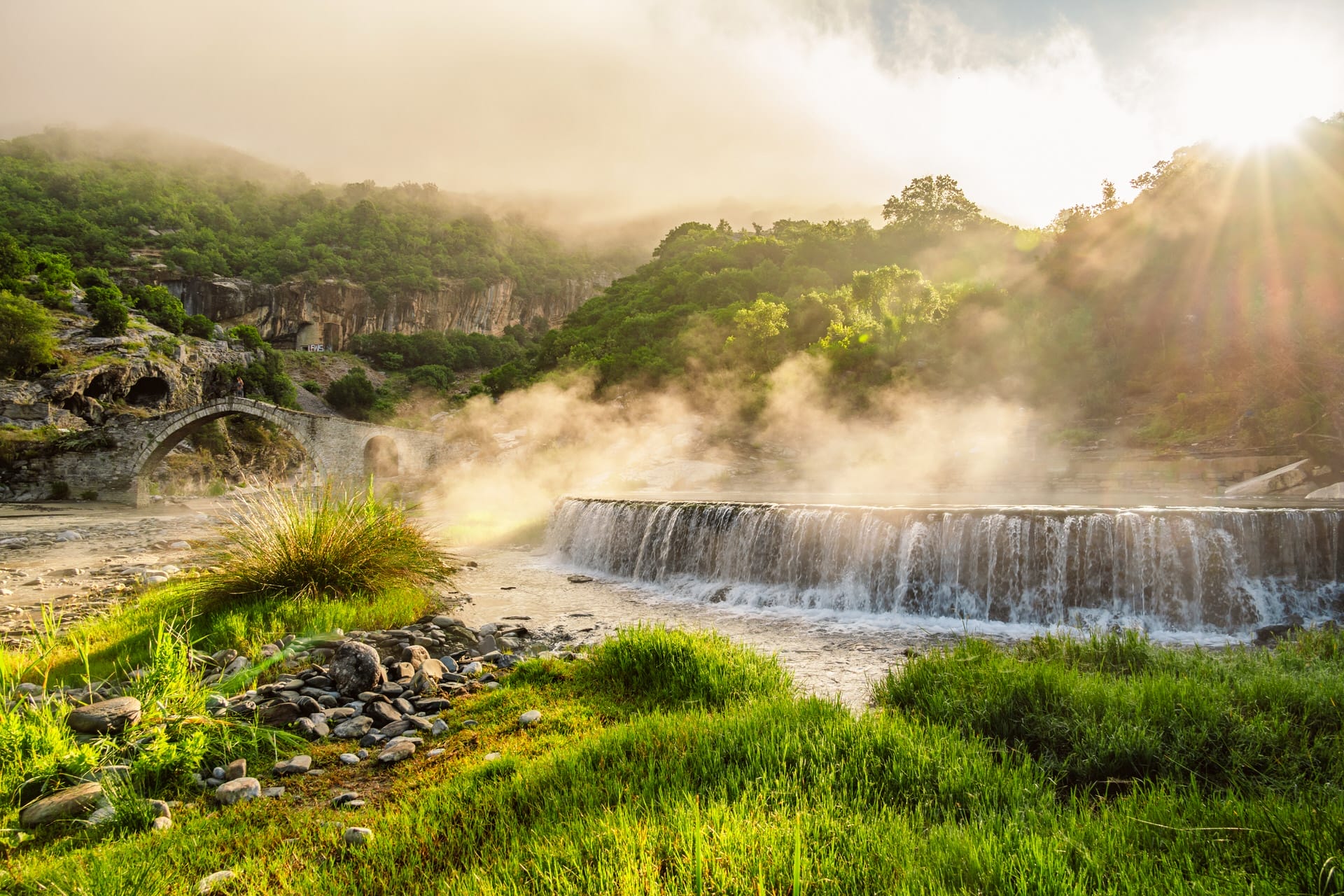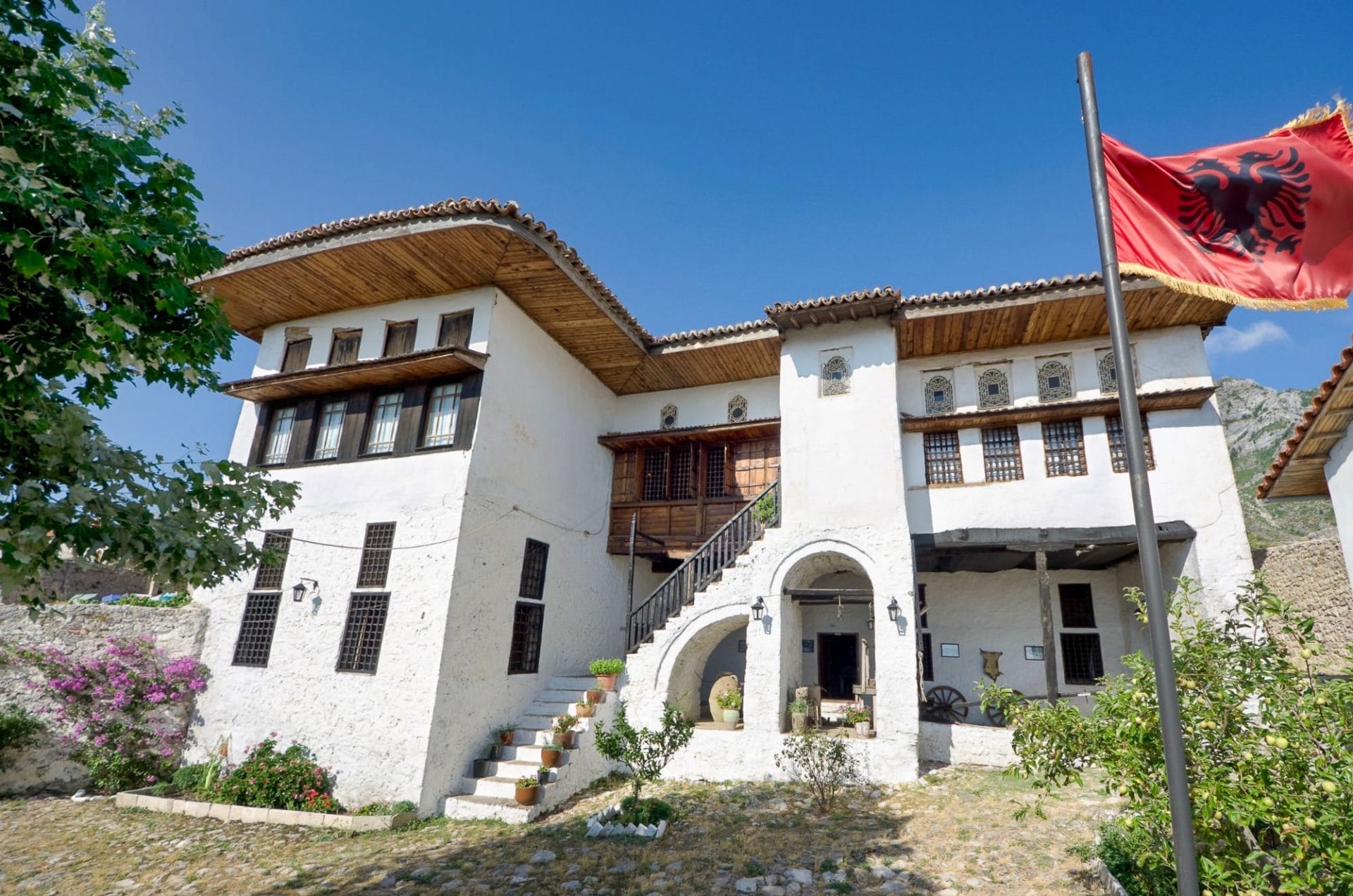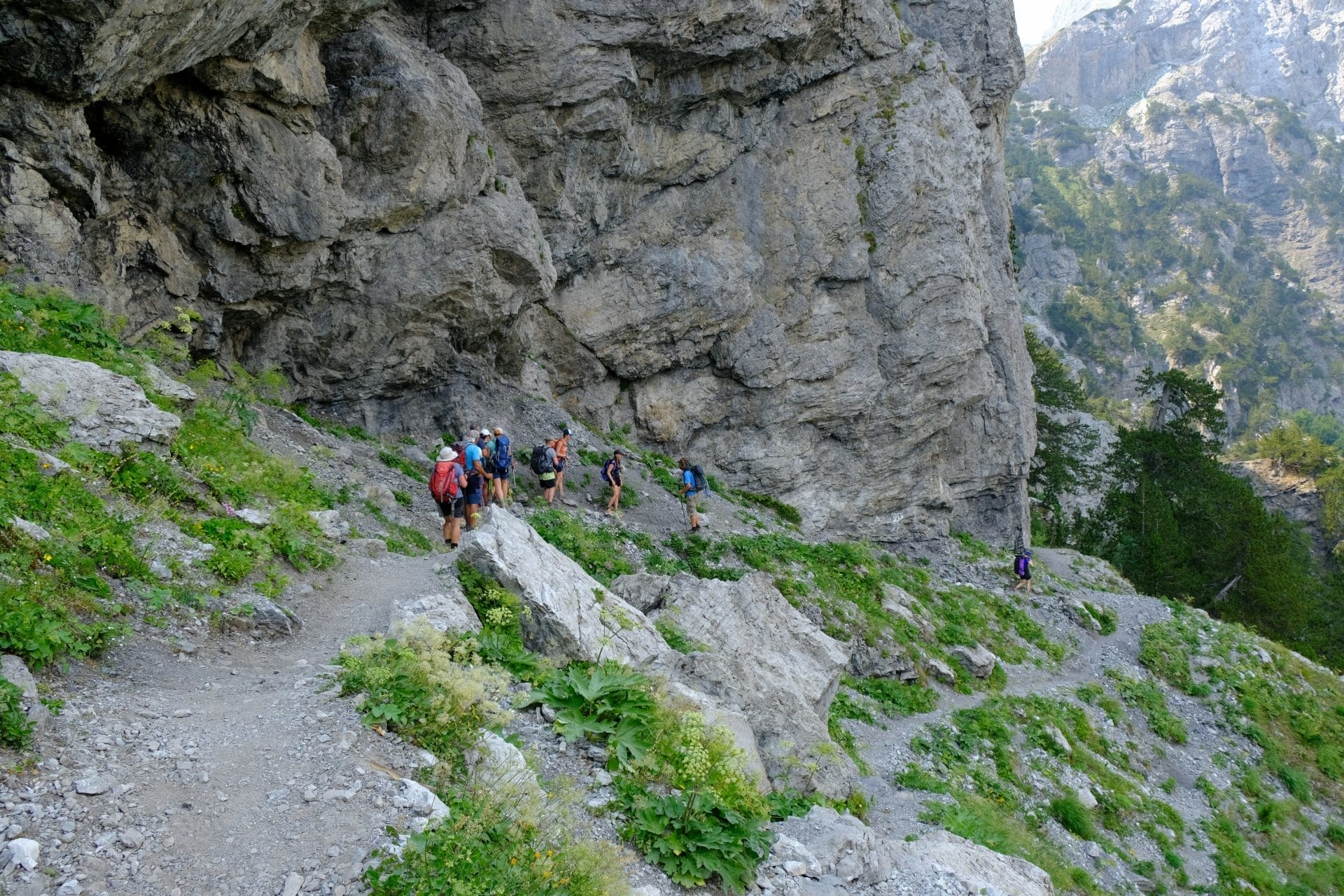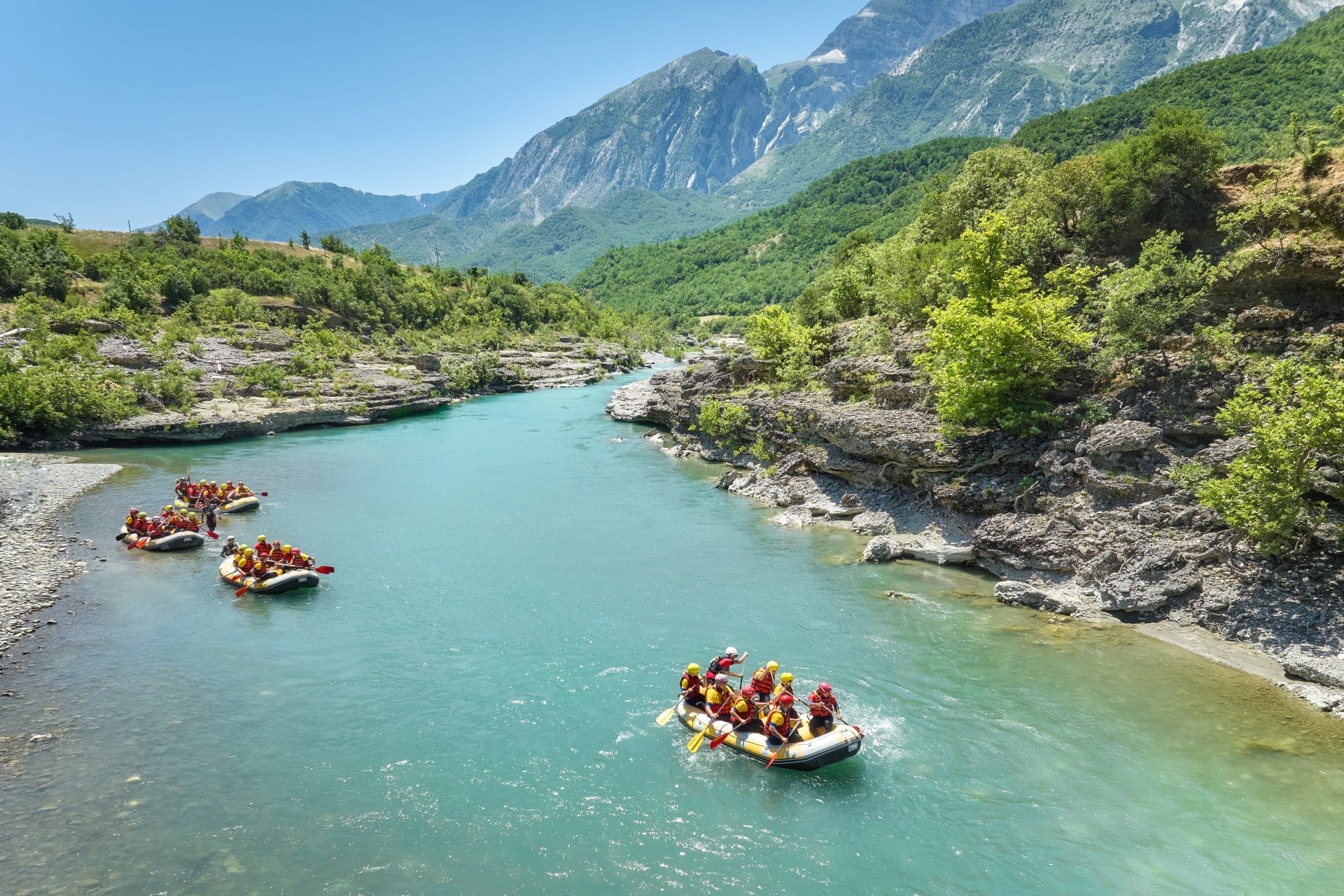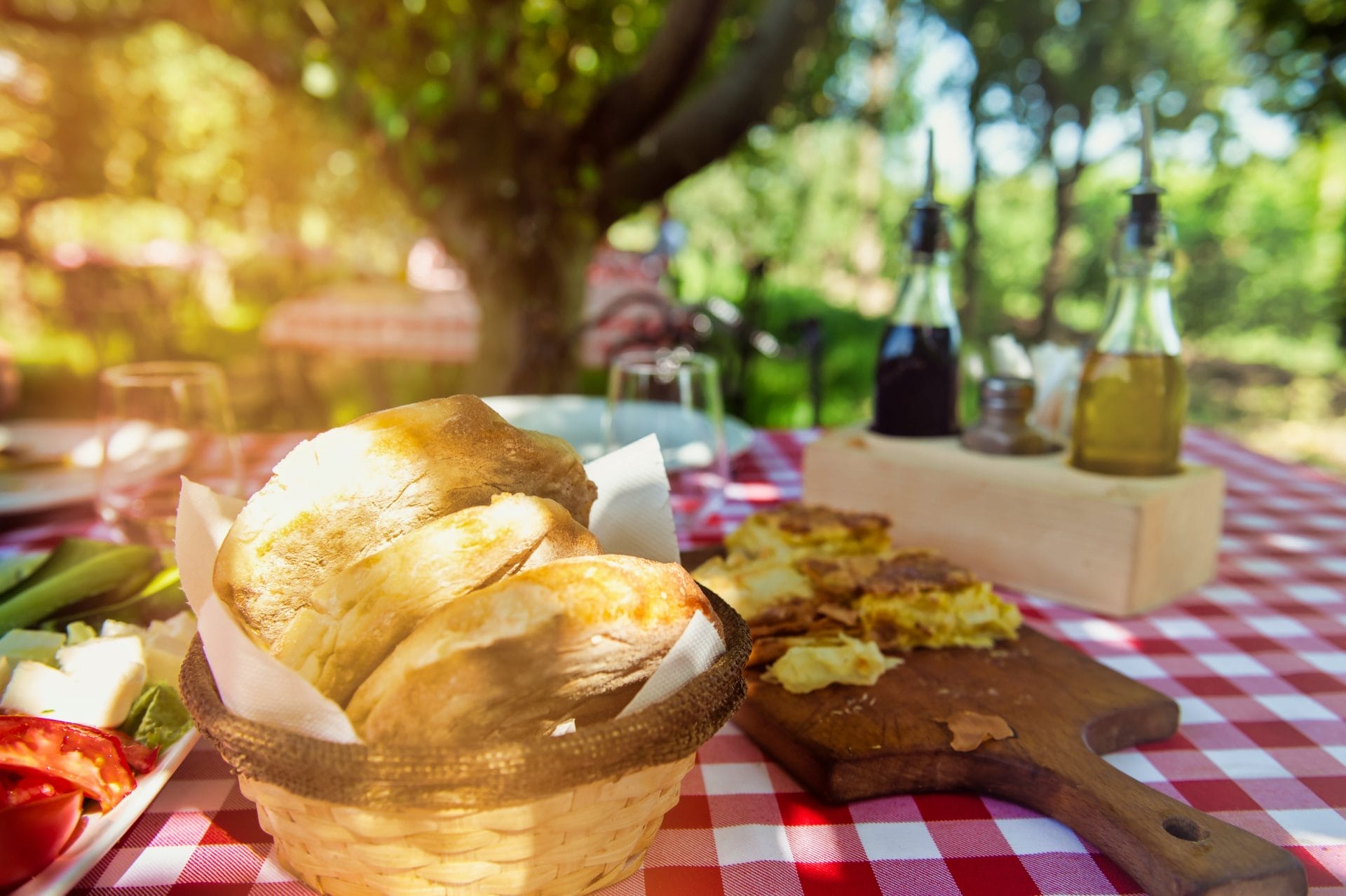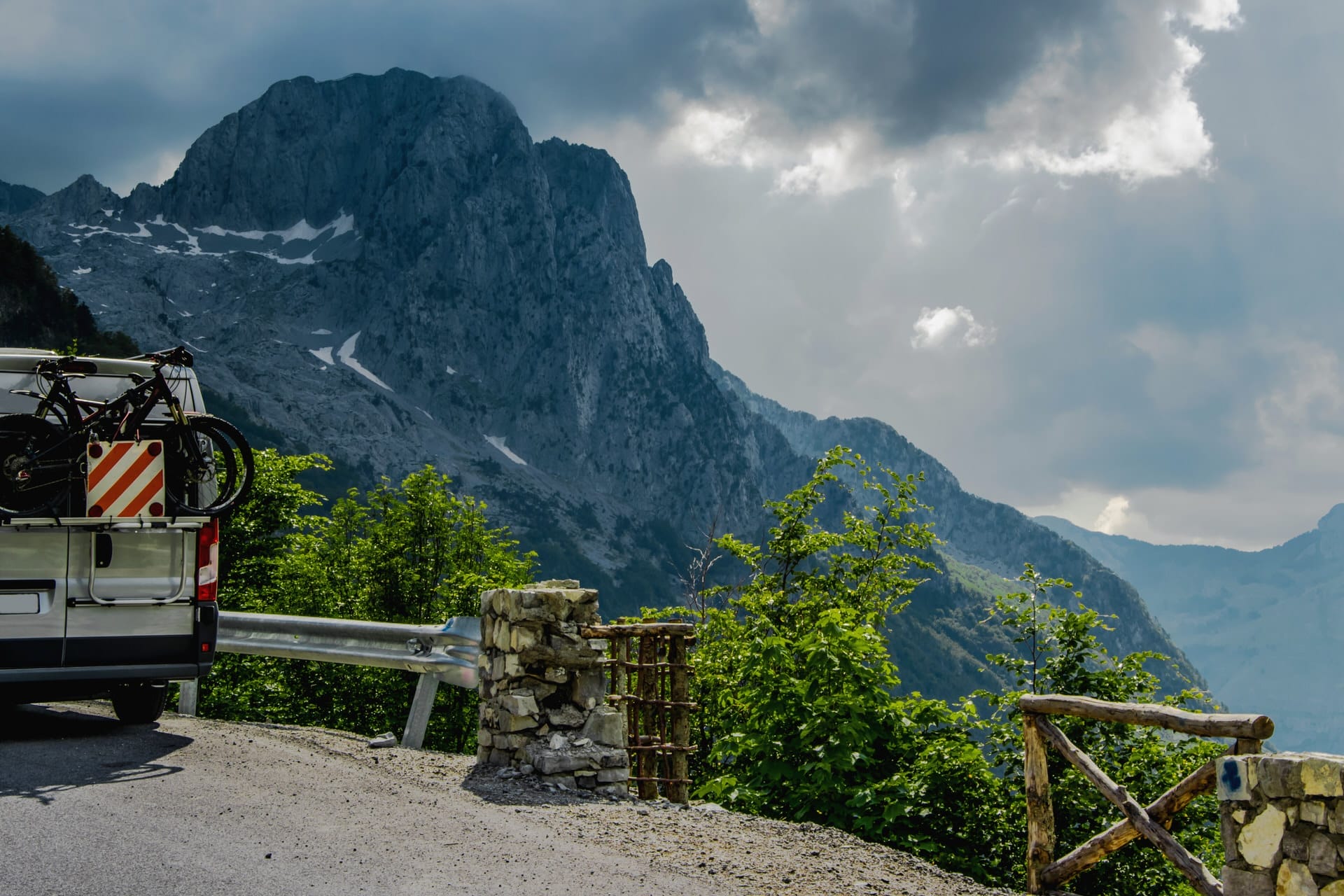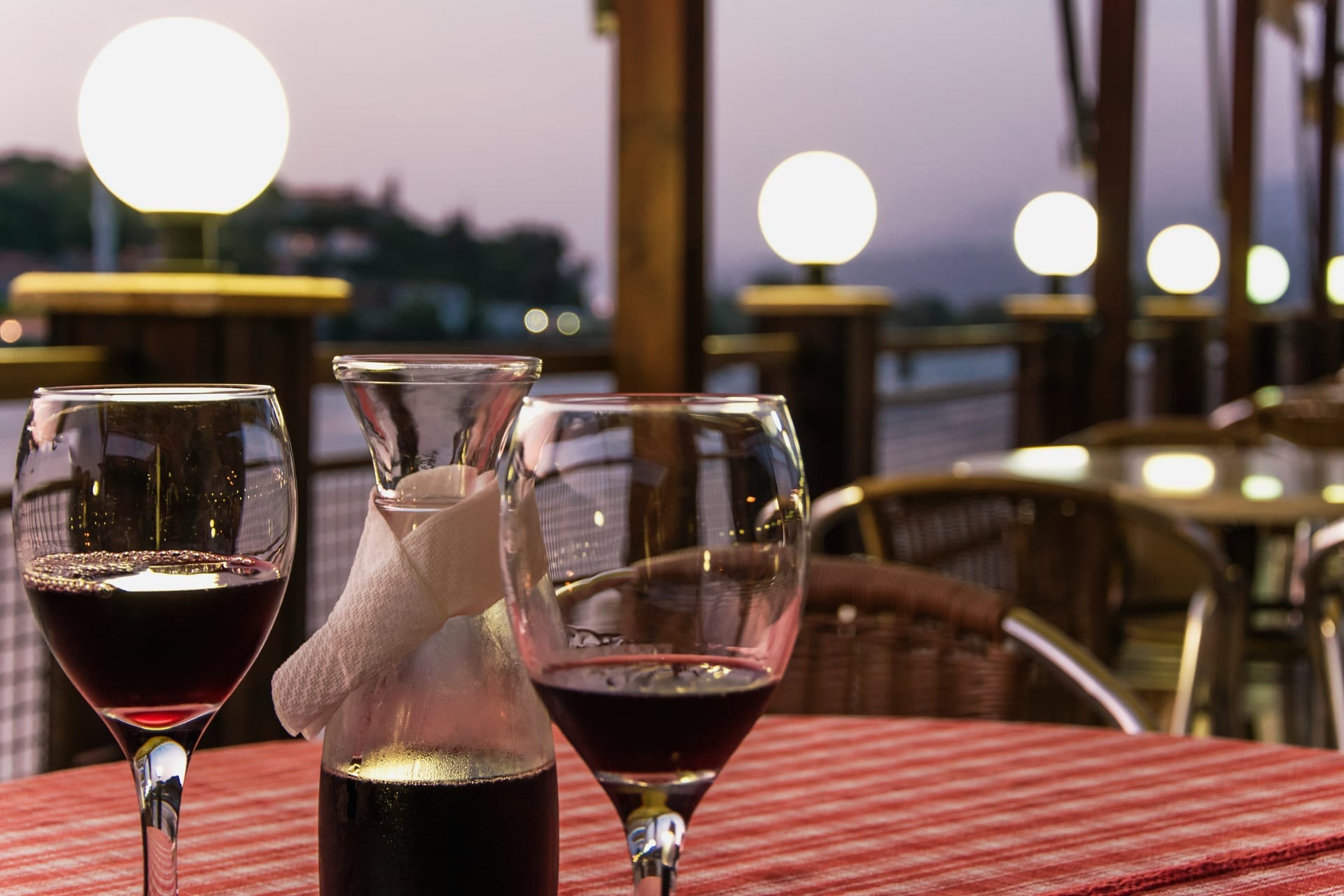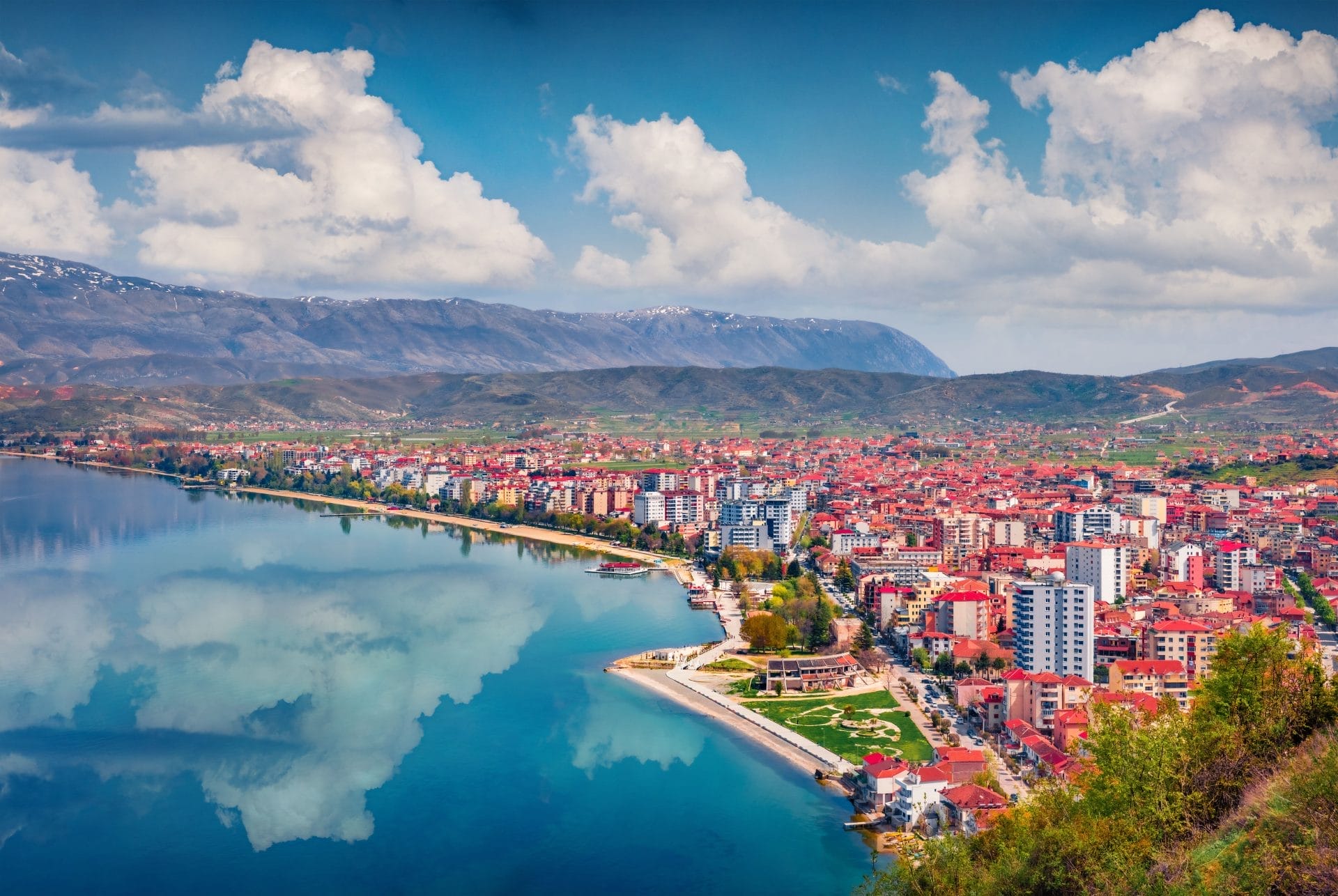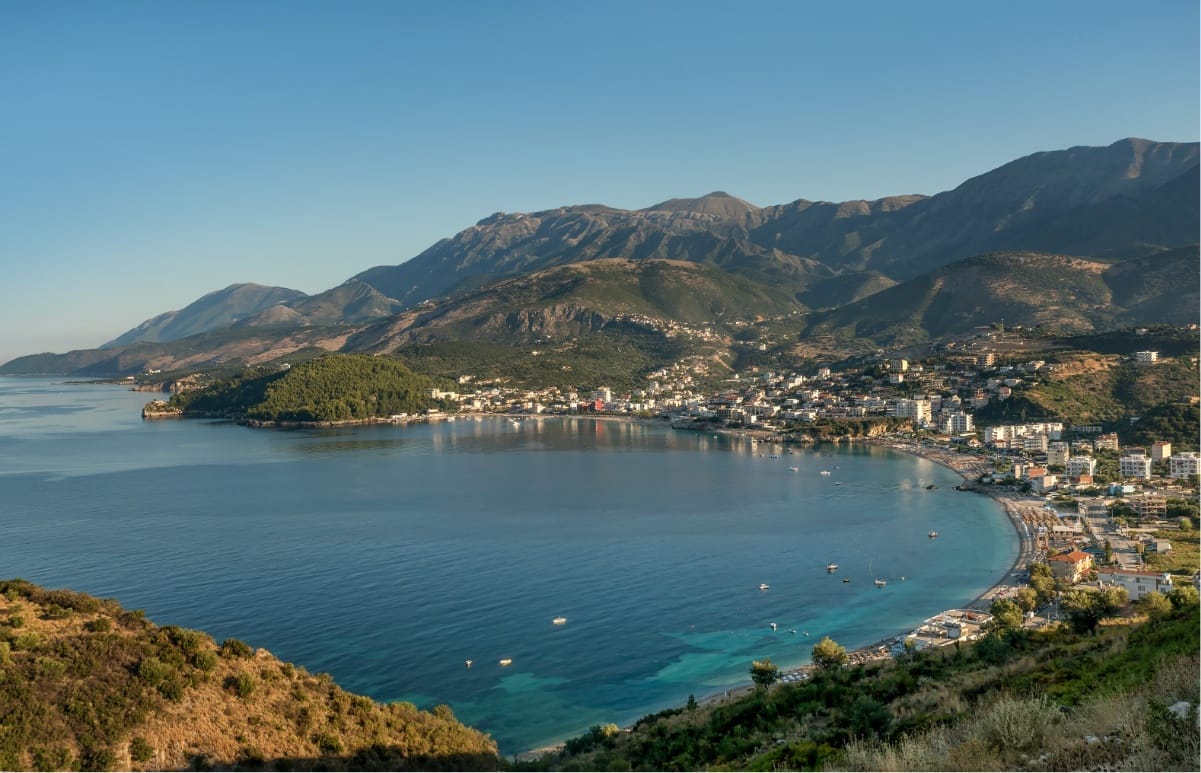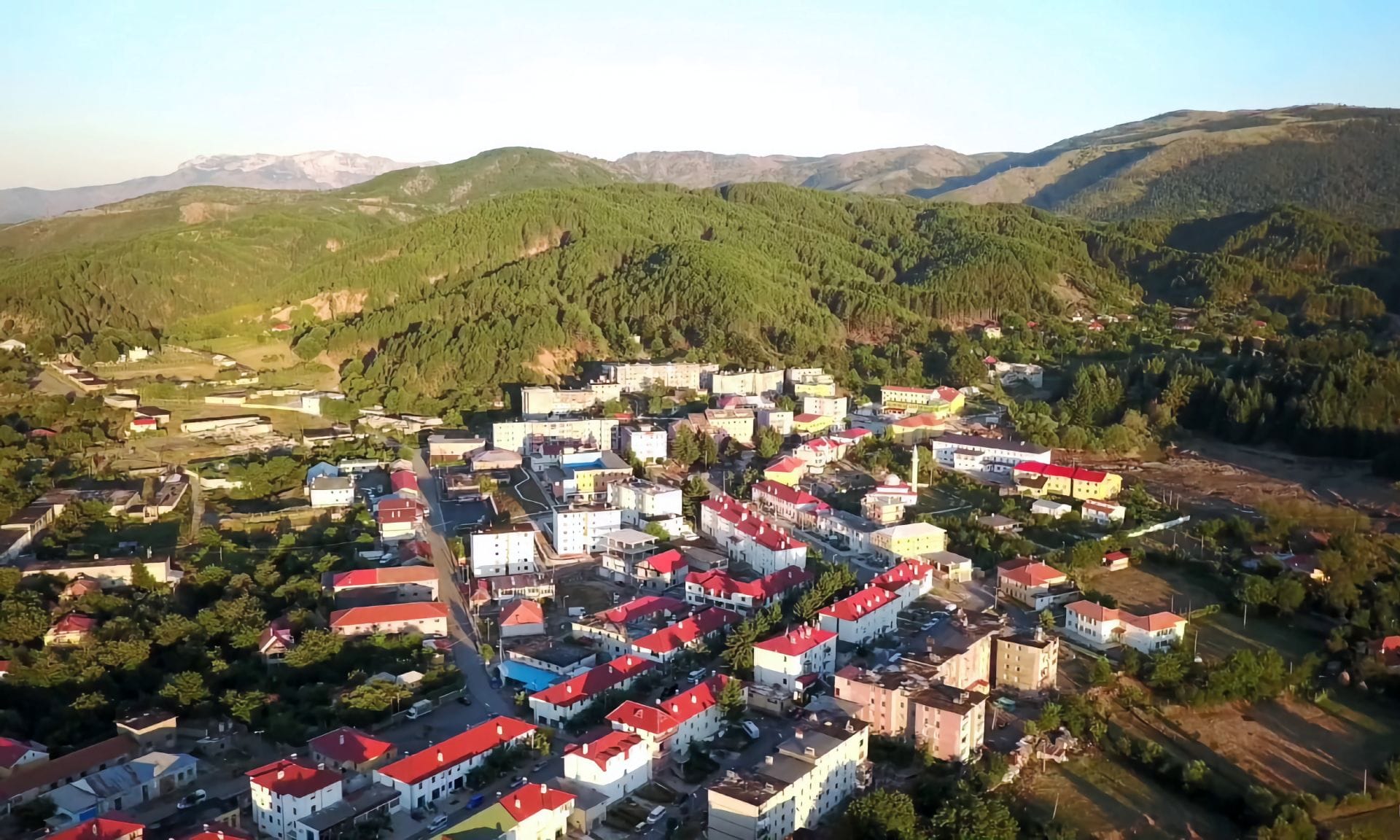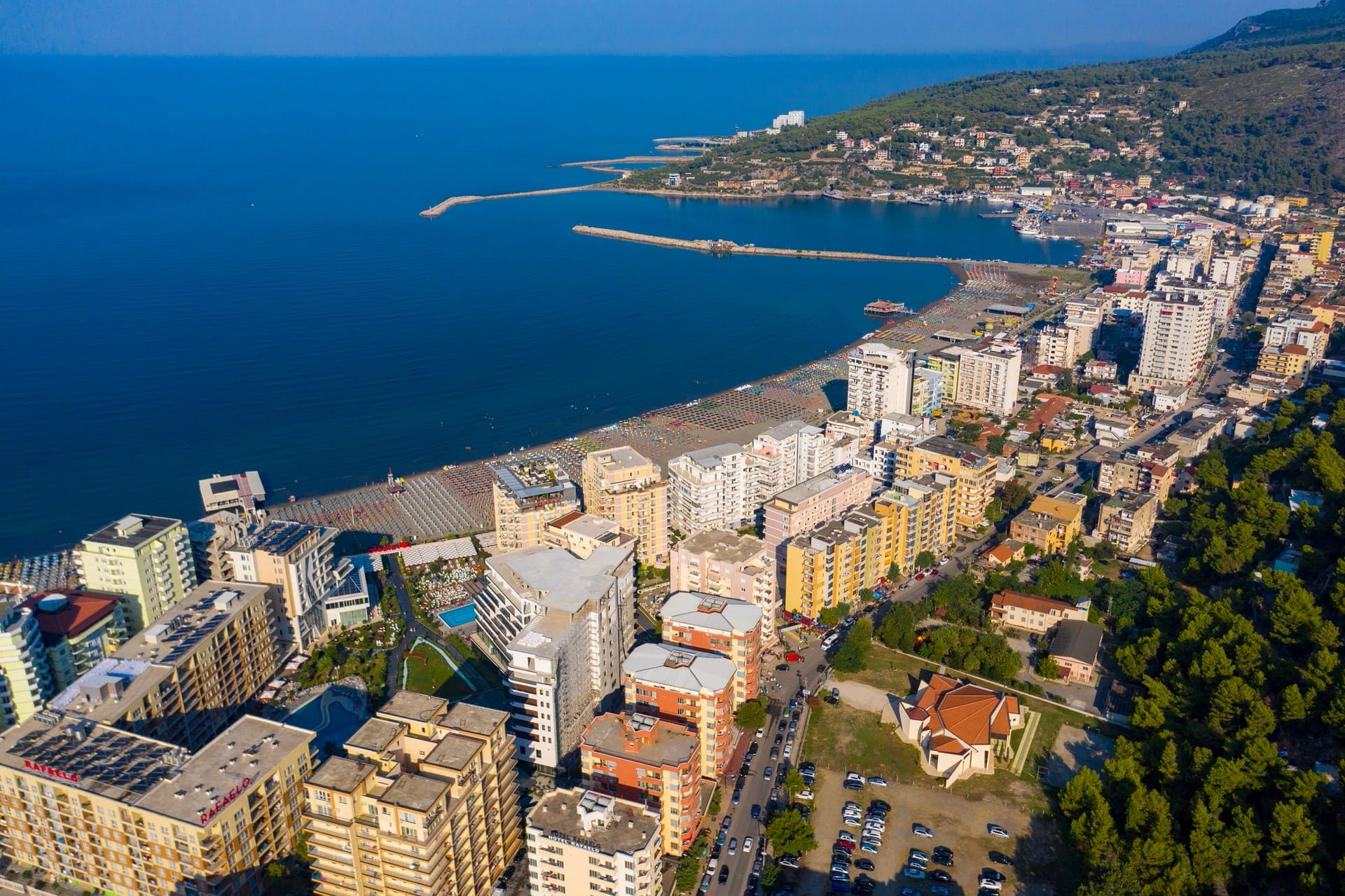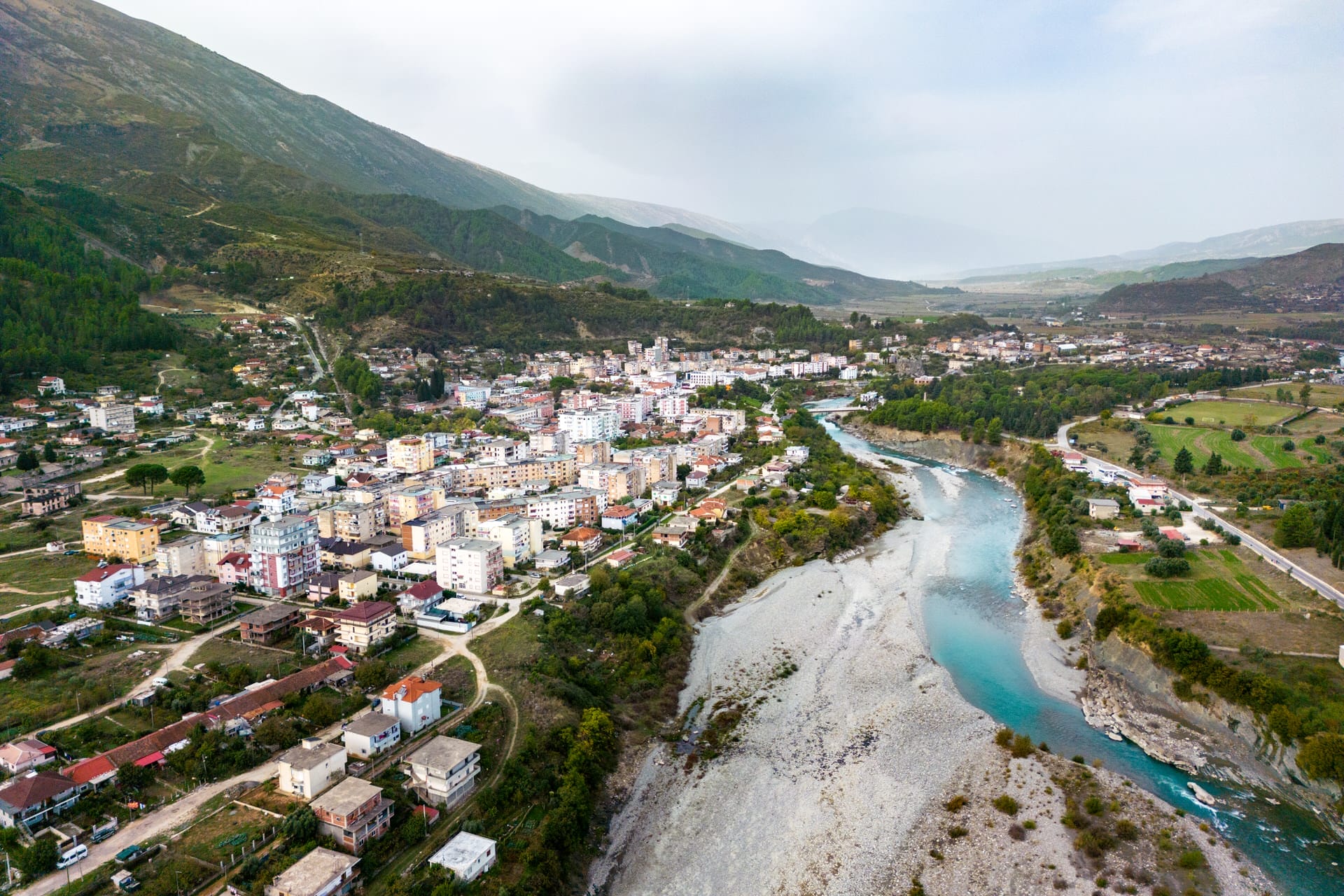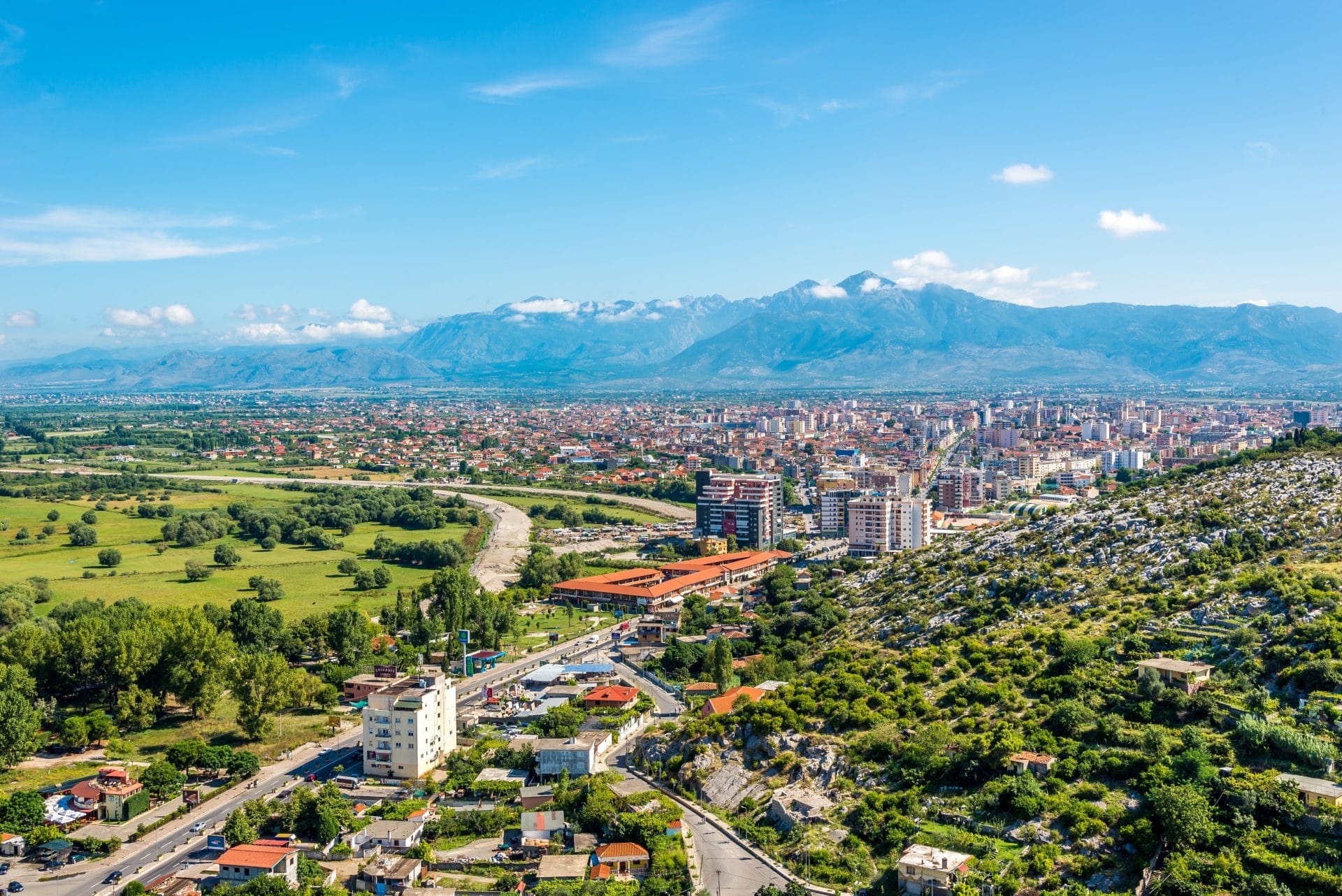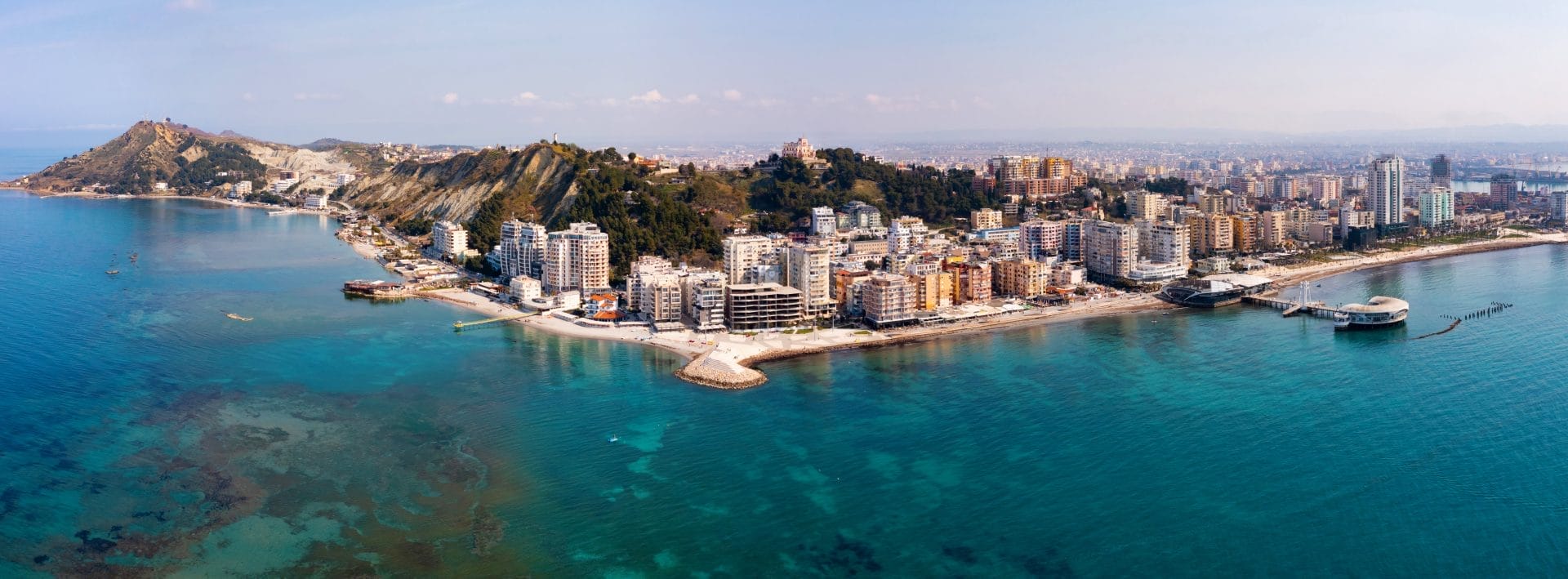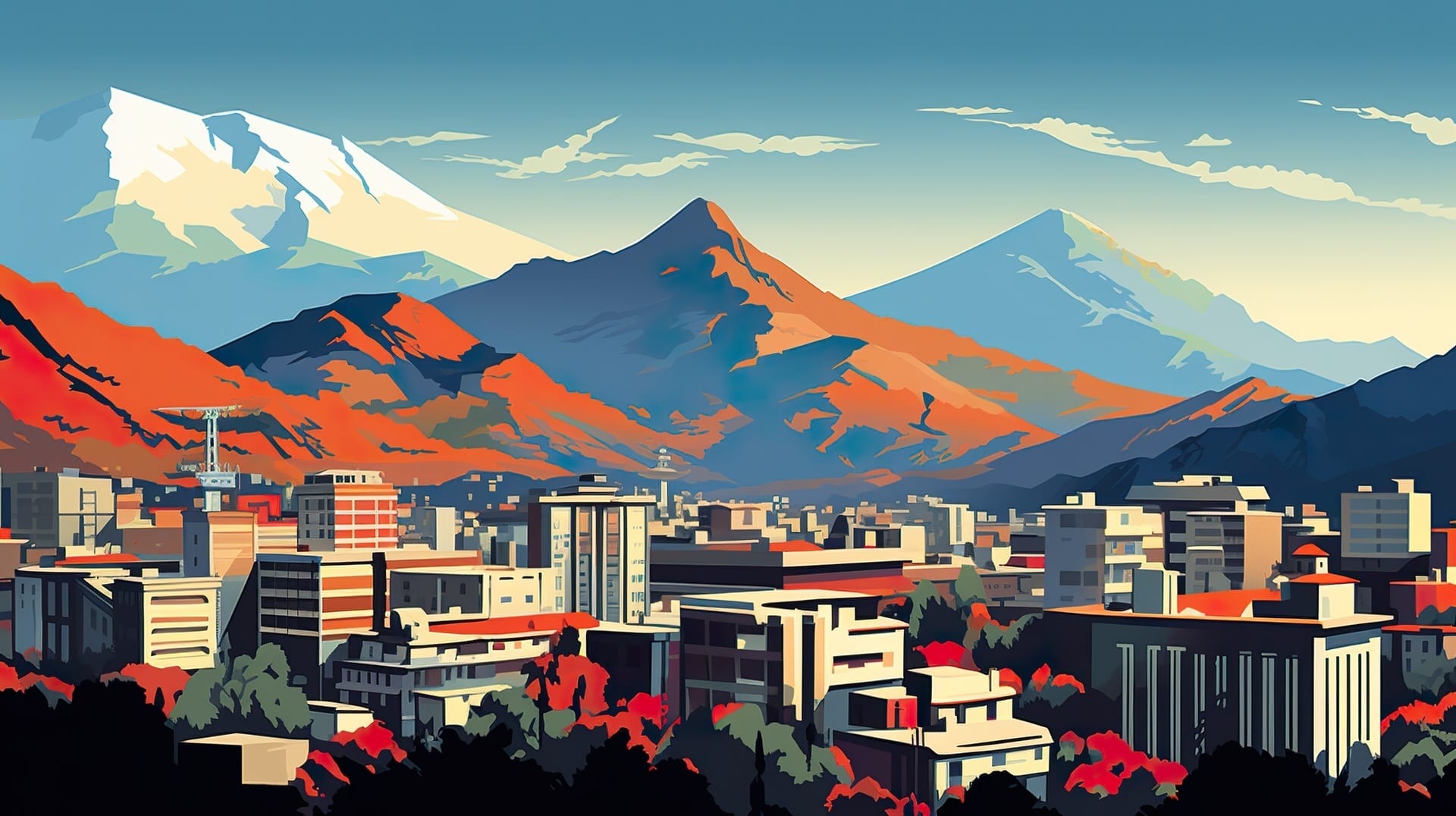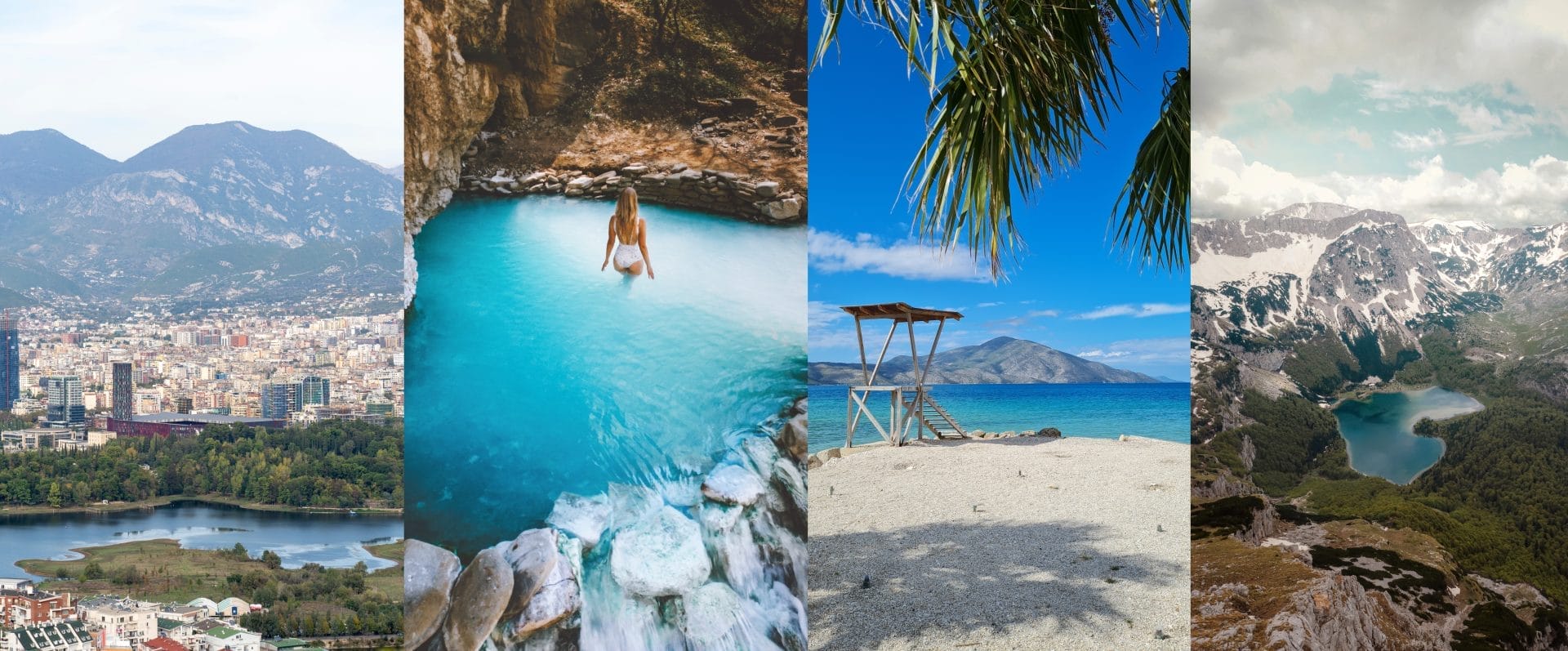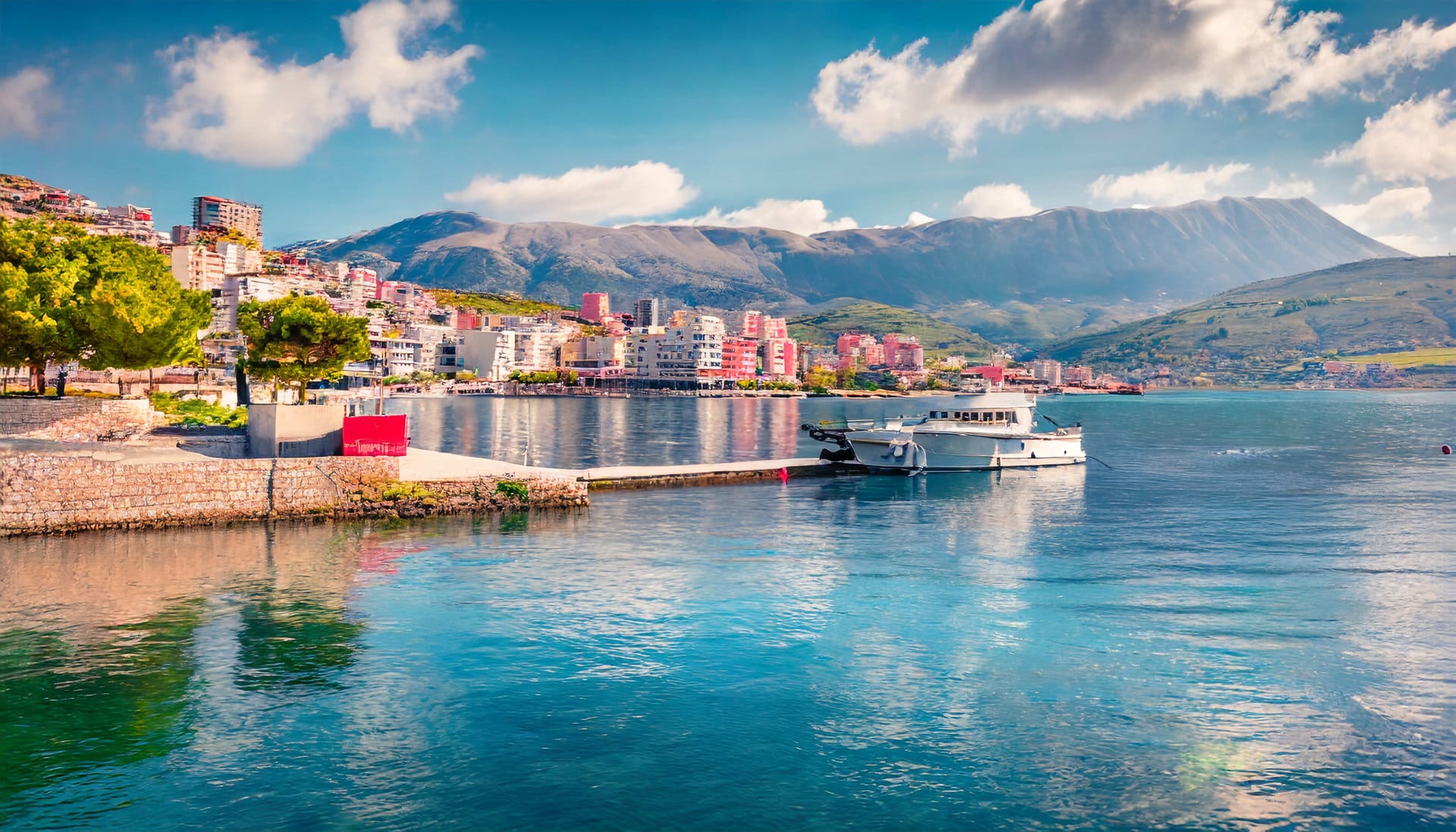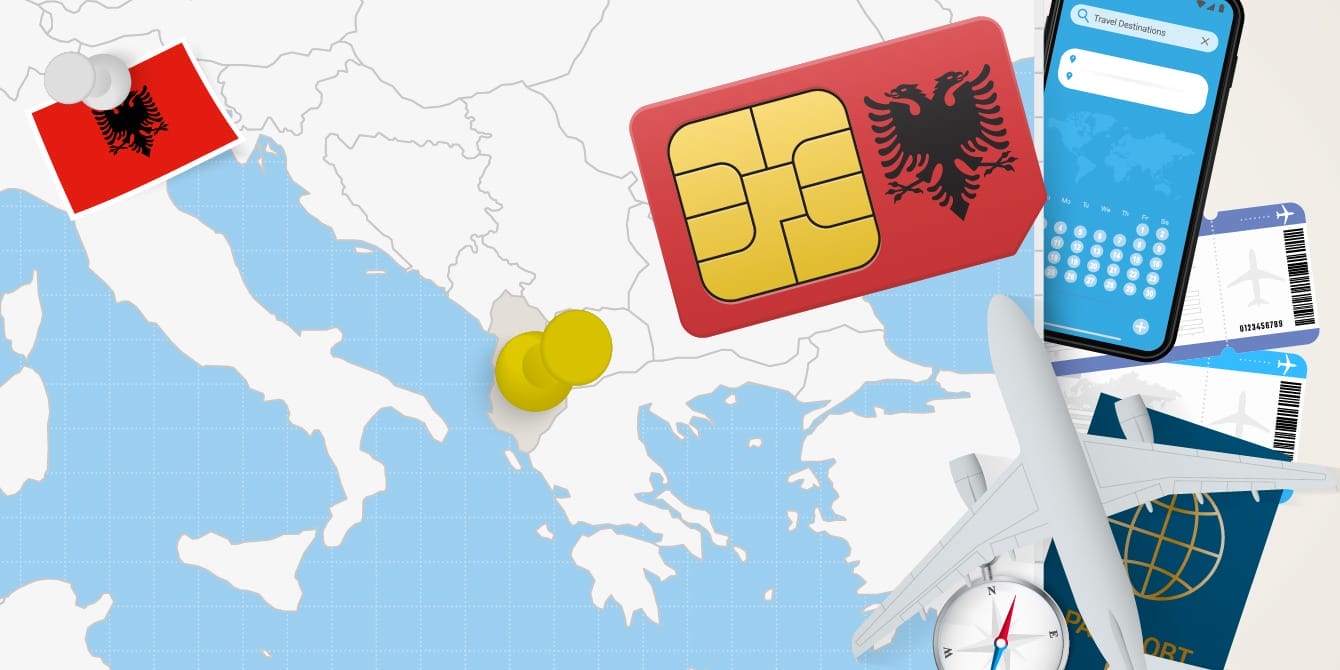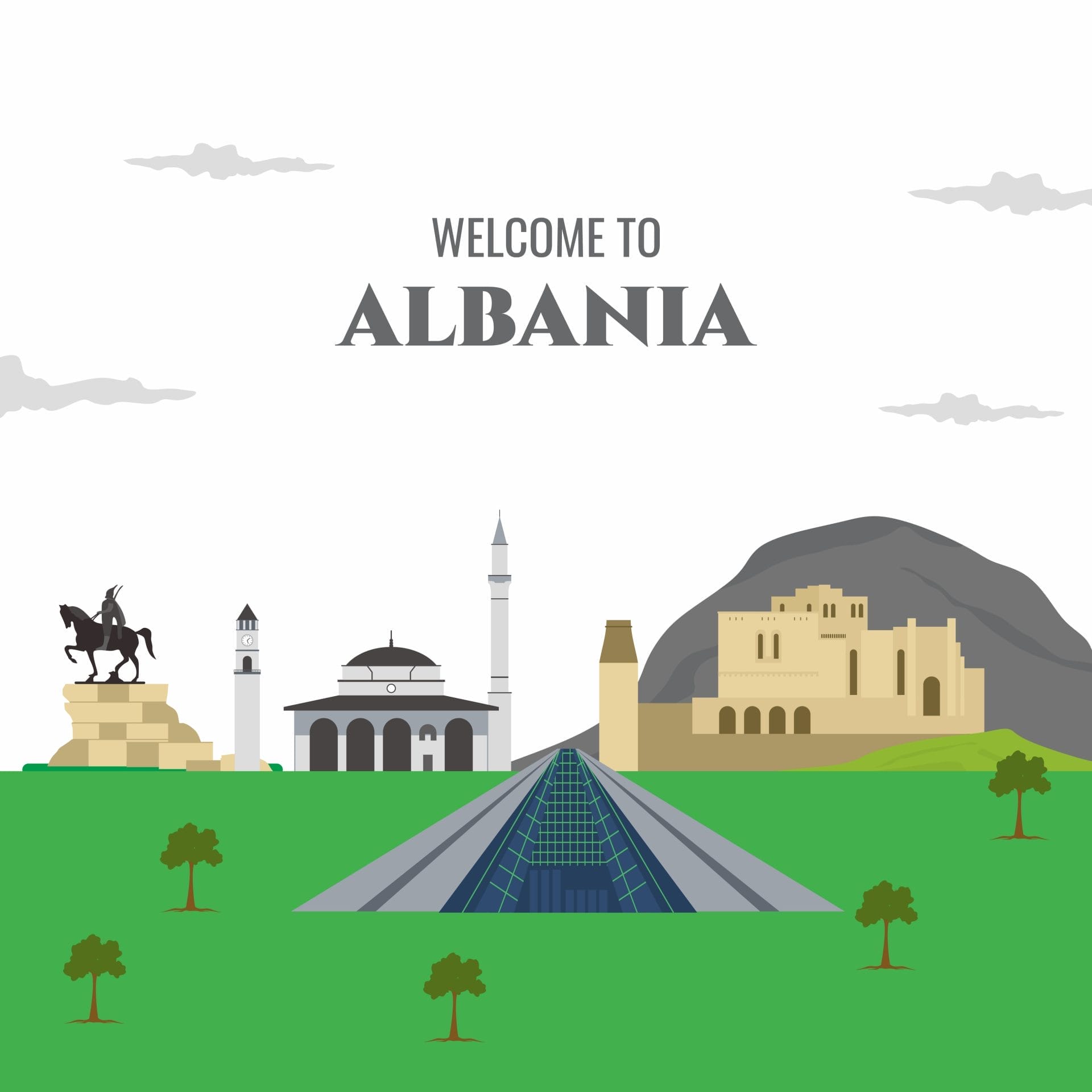
Hilltop Panoramas Over Albania’s Strategic Interior
From a solitary hilltop sentinel in rural Gjirokastër County arises Kardhiq Castle, its timeworn merlons and crenellations sprawling in rigid rows to form determined outlines against a sweeping agricultural tableau receding towards lakes Scutari and Ohrid marking ancient East-West divide so pivotal over countless sieges and intrigues animating Albania’s highland clans and imperial overlords across 75 generations.
In many regards, this stoic fortification presiding over pastoral expanses towards contested Epirus succeeds as a symbolic microcosm embodying dimensions of the Albanian saga – with crests evoking epic imagery yet details whispering subtle stories of cultural convergence nurtured more by ingenuity than enmity over these lands shadowed still by castle ruins like timeless Kardhiq itself.
Kardhiq Castle’s Contested Origins
Scholarly debate lingers regarding Kardhiq citadel’s exact genesis five centuries ago thanks to both 14th-century records mentioning regional fortifications commissioned by the Albanian Zenebishi Dynasty plus physical evidence that bulk additions such as the sophisticated northwest tower emerged under Ottoman ruler Ali Pasha Tepelena laying siege during early 19th century upheavals.
Yet tight construction techniques fusing Roman diagonals with medieval arches prove extensively reused from prior strongholds, suggesting Kardhiq foundations extend deeper into Albania’s ancestral layers – an entrenched legacy fortified successively by transient regimes. Its hilltop siting was long deemed militarily vital.
Tactical Panoramas
As terrain staying conquest since Illyrian era thanks to sheer defensive topography etched dramatically by nature itself and augmented ingenuously through generations of watchmen, Kardhiq Castle commands sweeping views west over karst ridges and Lake Skadar’s placid northern inlets upon whose watery vastness Venetian assassins and Slavic pirates onceровещание criminally to raid imperial barge convoys carrying frankincense and gemstones between Anatolia’s Celian ports through marshy Balkan frontiers.
Towards the nearby southeast horizon, 40 peaks of Skanderbeg’s storied Tomorr massif stand guard over upland pastures sustaining his legendary mount Kastrioti astride, which flames pursued Ottomans futilely. Beneath the entire vista sprawls, Mirditë highland plateaus defying all odds through faith in family and fellowship tested over generations, bearing remarkably upon today’s society inherited still upon this geo-cultural pivot.
Architecture Fusing Stonemasonry Across Empires
Standing upon Kardhiq castle’s resilient limestone ramparts, a survey of diverse building techniques further informs visitors about the rich mosaic of culture coursing vigorously through Albania’s veins, themselves open conduits welcoming adroit newcomers across Greek, Slavic, Turkish, and Italian kingdoms that overlaid aesthetic perspectives upon an ingenious Illyrian foundation at home with hardship endured communally.
If the asymmetrical plan, off-angle turrets, and cramped inner spaces depict compromise and military necessity, delicate stone relief carvings ornamenting window embrasures channel Ottoman inspiration interwoven delicately through the homespun ramparts careened by imams as much as engineers over several resurgent campaigns knitting frays where mortar eroded. Details intimate the nuanced cultural fusions born by brawns and brains across many siege lines.
Present-Day Pilgrimages by Adventurers
Primarily in ruin since nationalist upheavals of the 19th century erased Ali Pasha’s dynastic ambitions and dwindling empires lost interest in such inland outposts, contemporary Kardhiq Castle still captures imaginations of visitors braving boulder-strewn pathways up through deciduous forests and roving ruminants guarding final approaches up a craggy spur falling distinctly towards Lake Ohrid occasionally gleaming through birch stands framing castle’s eastern point.
Both summer day trippers trudging upwards much as armored auxiliaries once did plus hardy trekkers marching south for weeks from Albanian Alps pry loose variform legends from castle keepers about crypt catacombs running under mountain streams or stashed hordes of Venetian treasures neglected there by fleeing mercenaries unable to bear such opulence over known ranges so hostile and inhabitants so stubbornly self-reliant that external lordships gain no lasting traction except through blood or nepotism.
Either way, the epic view of southern Balkans power politics incarnate captivates lesser mortals attempting briefly to conquer the strategic heights separating inland fortunes from maritime resources, still echoing over time through Kardhiq castle’s proud Albanian profile.


